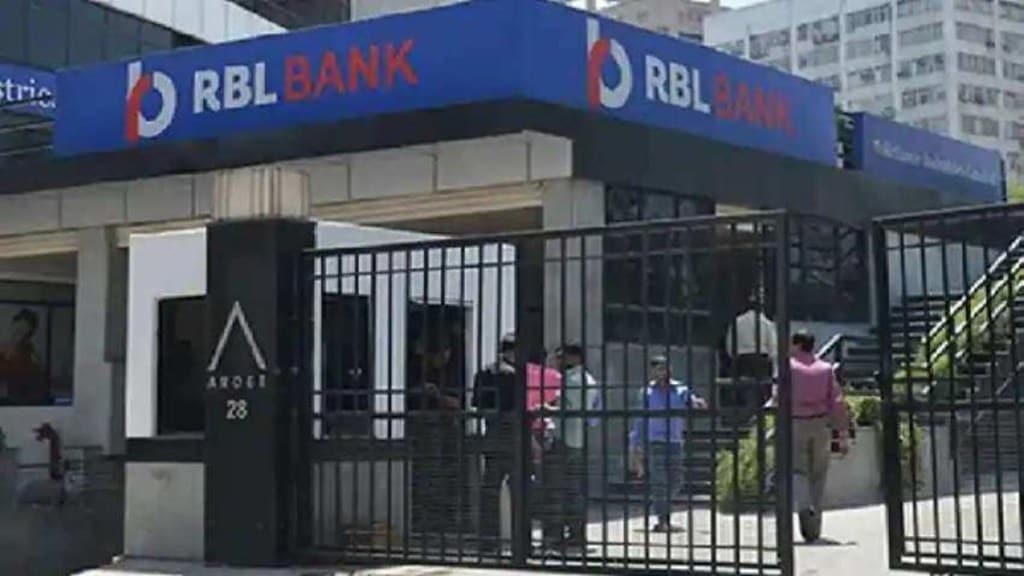RBL Bank aims to triple its retail loan book via branches to ₹6,000 crore from ₹2,000 crore by FY26. The private sector lender also plans to expand its branch network to 770 outlets by FY28.
“We are moving from a wholesale-heavy liability structure to a more balanced, retail-led franchise,” said Narendra Agrawal, President & Head of Branch Banking and Retail Liabilities at RBL Bank. “Granular deposits (deposits less than ₹3 crore) have already grown from 49.8% to 52% of our mix, and we’re targeting 55% this fiscal.” He added that at the heart of this transformation is a strategic pivot toward deeper customer engagement, cross-sell monetisation, and a hybrid acquisition model that blends digital scale with physical depth.
Branch banking at the core of growth
The bank’s retail ambitions are underpinned by a robust credit card base of 5 million customers, though savings account penetration among them remains below 3%. This gap presents a strong opportunity for cross-selling bundled offerings such as credit cards, SIPs, and sachet insurance. Agrawal noted that the proportion of single-product customers has dropped from 80% to 77% in Q1, signalling early success in expanding wallet share.
Branch banking is central to this strategy. Of the bank’s 560 branches, 50% are now profitable, up from 37%, with a target of 60% by FY26. To fuel growth, RBL has secured approval to open 210 new branches over the next 2.5 years, with 70 slated for rollout this fiscal. “Physical engagement drives higher customer value, and average ticket sizes (ATS) in branches are ₹90,000–₹1,00,000, compared to ₹7,000–₹10,000 for digital-only acquisitions,” Agrawal said.
The bank’s hybrid model is designed to compress monetisation timelines. Through bundled onboarding and CRM-led engagement, break-even periods for savings accounts have shrunk from 7–8 years to under three years.
RBL’s asset-led liability growth is gaining traction. Retail asset disbursals through branches have already reached ₹2,000 crore by July, with gold loans expected to surge from ₹300 crore to ₹1,800 crore, and home and business loans from ₹1,700 crore to ₹5,000 crore.
Targeting affluent and younger customers
Affluent banking is another pillar of the strategy. With 60% of deposits coming from high-value customers, many inherited from legacy institutions like ABN Amro and RBS, RBL has revamped its ‘Insignia’ and ‘Signature’ propositions. A dedicated wealth management platform is set to launch in the coming quarters, aimed at retaining CASA balances and deepening engagement across wealth, business, and NRI segments.
The bank is also recalibrating focus toward younger salaried customers. Through lifestyle-centric products such as ‘Next Plus’ and ‘Elevate’, RBL aims to scale monthly account acquisitions from 6,500 to 15,000. “We are embedding cross-sell offerings right at onboarding to drive early monetisation,” said Agrawal. The demographic shift from an average customer age of 45+ to a target range of 25–45 reflects the bank’s intent to build a sticky, future-ready retail base.
However, the path ahead is not without challenges. While banks have lowered interest rates on deposits and assets following the RBI’s repo cut, the deposit war continues, says Agrawal. Execution risk remains, particularly in scaling branch profitability and sustaining cross-sell momentum. A sudden spike in deposit costs or regulatory tightening around unsecured lending could compress margins.
Still, Agrawal remains optimistic. “We are building a scalable, profitable, and sticky retail franchise. The early signs are encouraging, and we are committed to deepening customer relationships and driving sustained growth.” As RBL Bank doubles down on retail, its success will hinge on balancing innovation with operational discipline, ensuring that ambition does not outpace execution.

